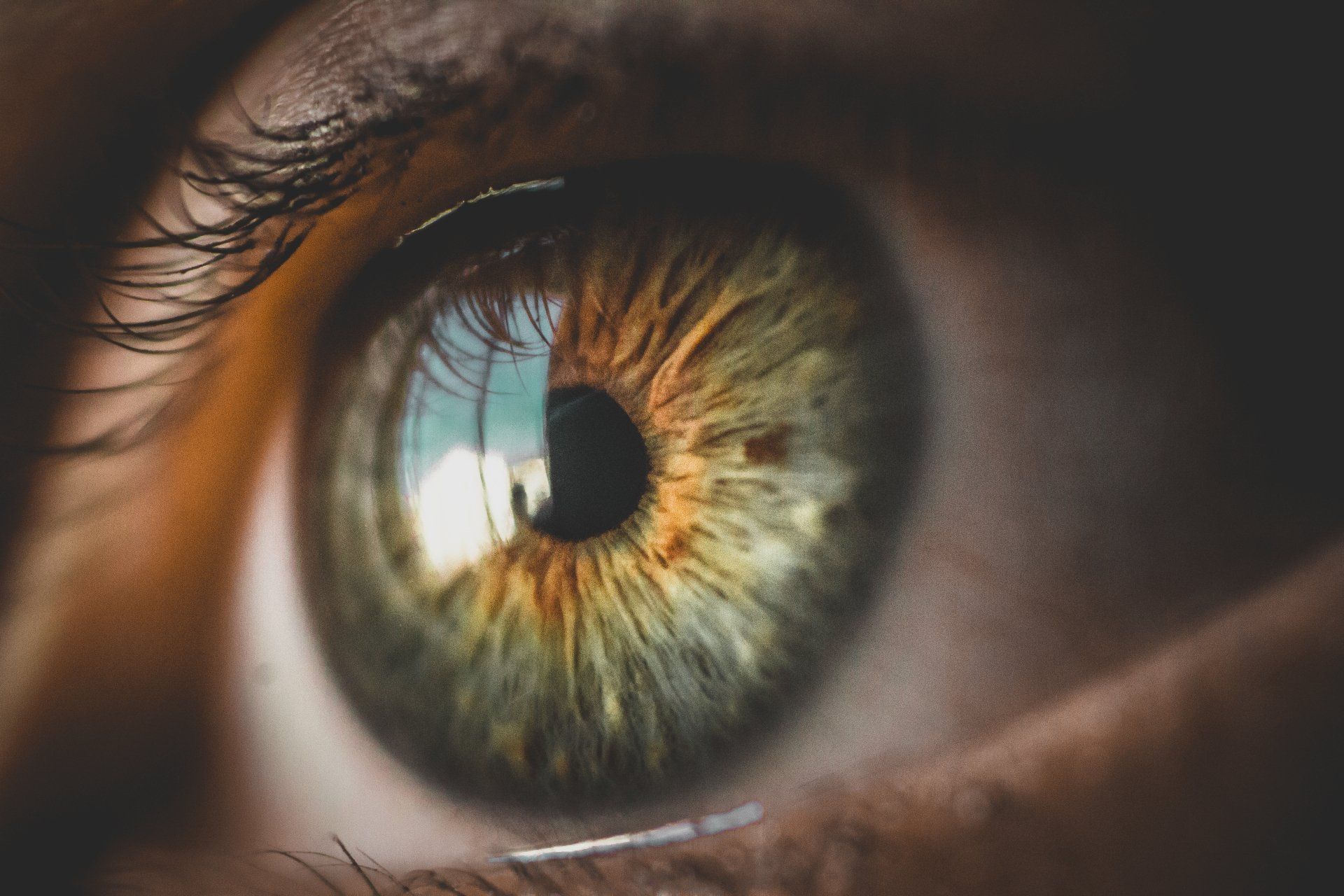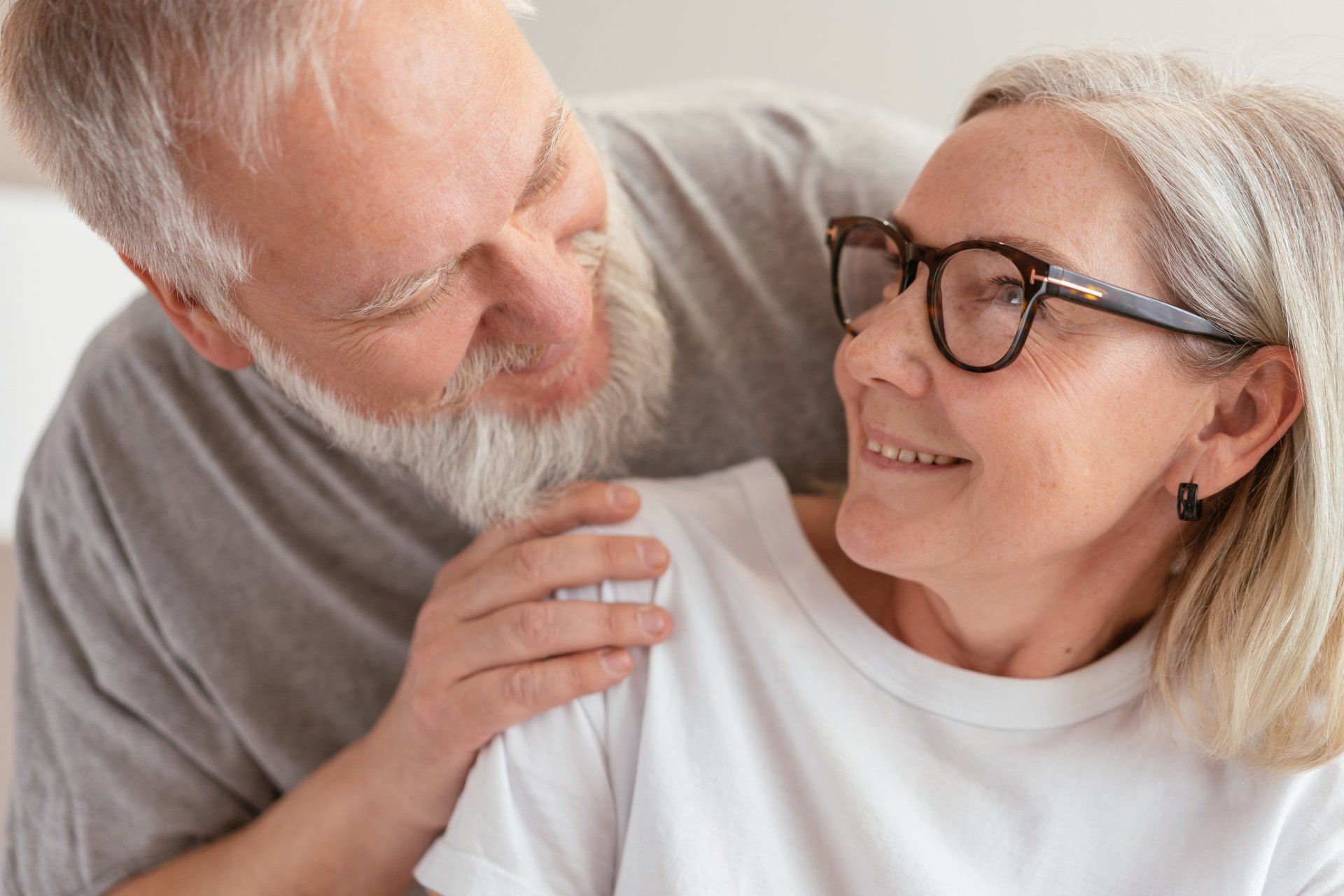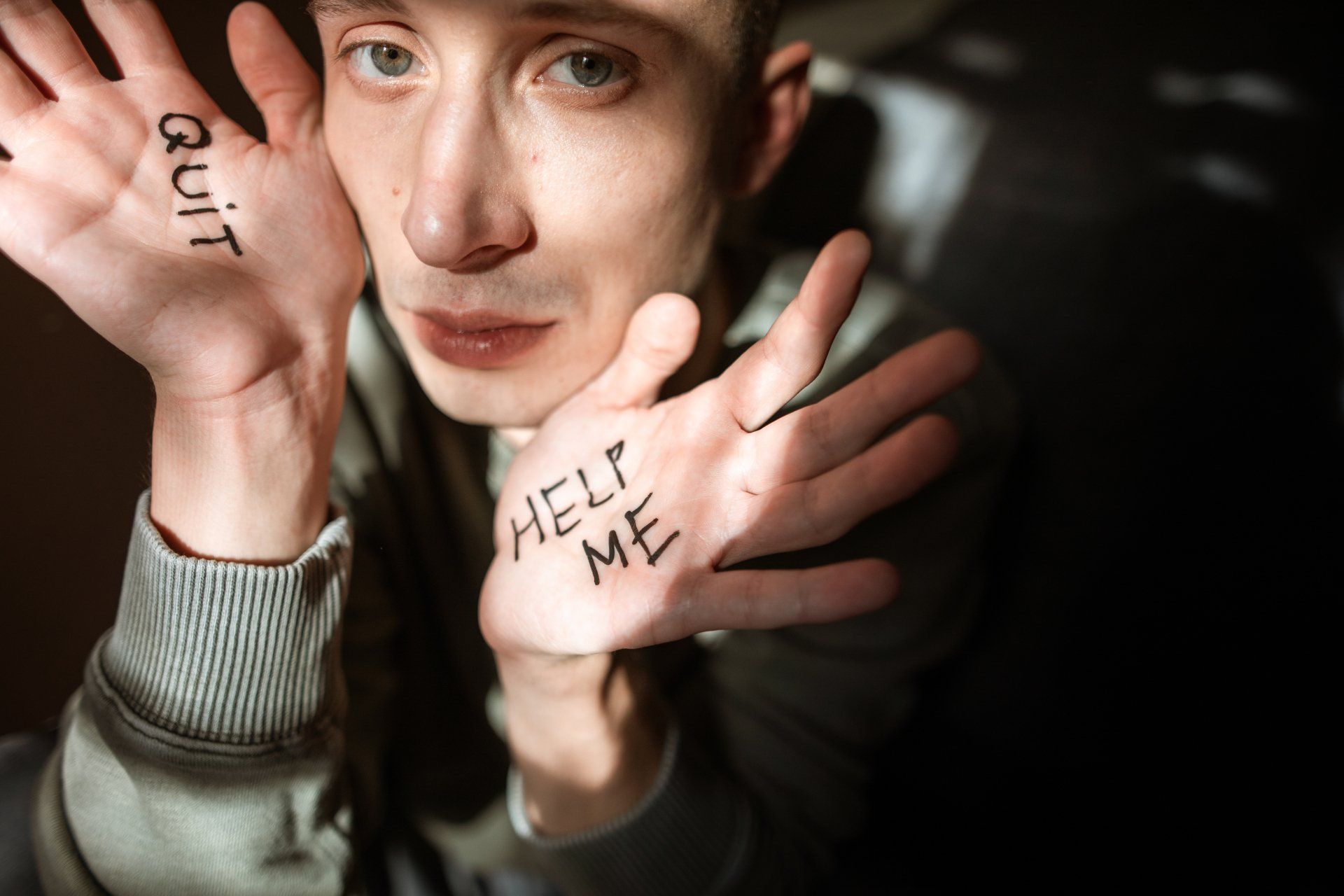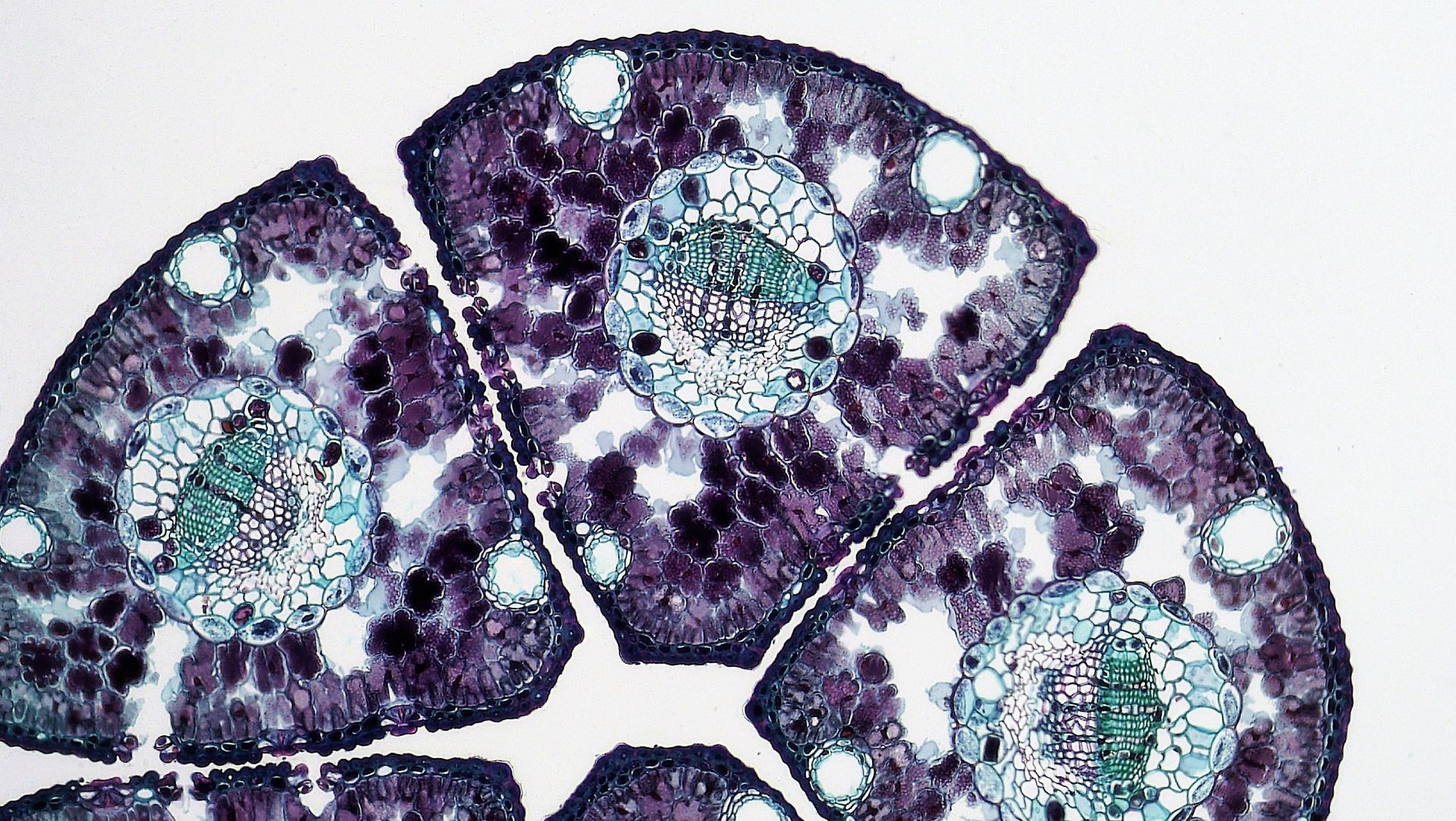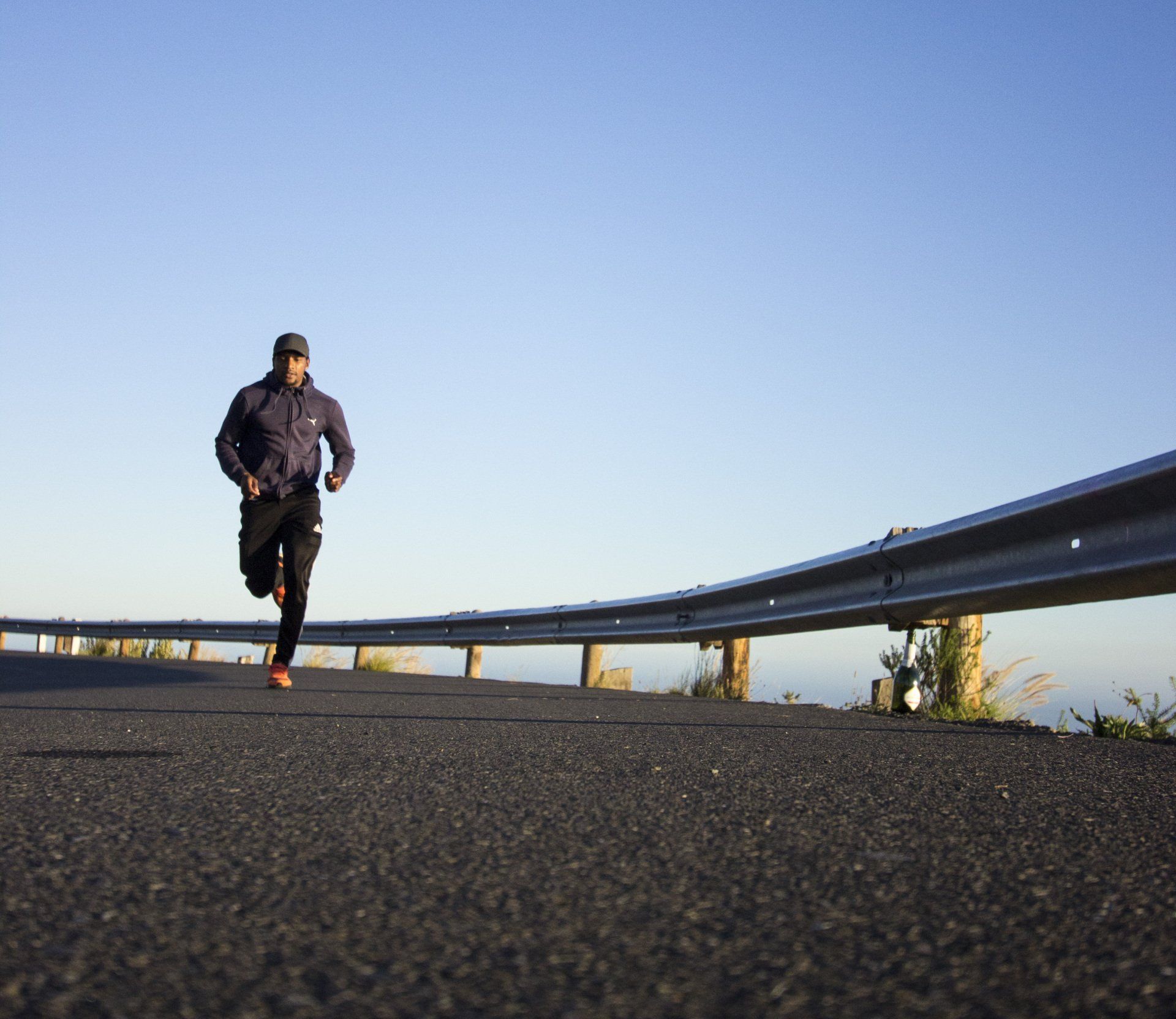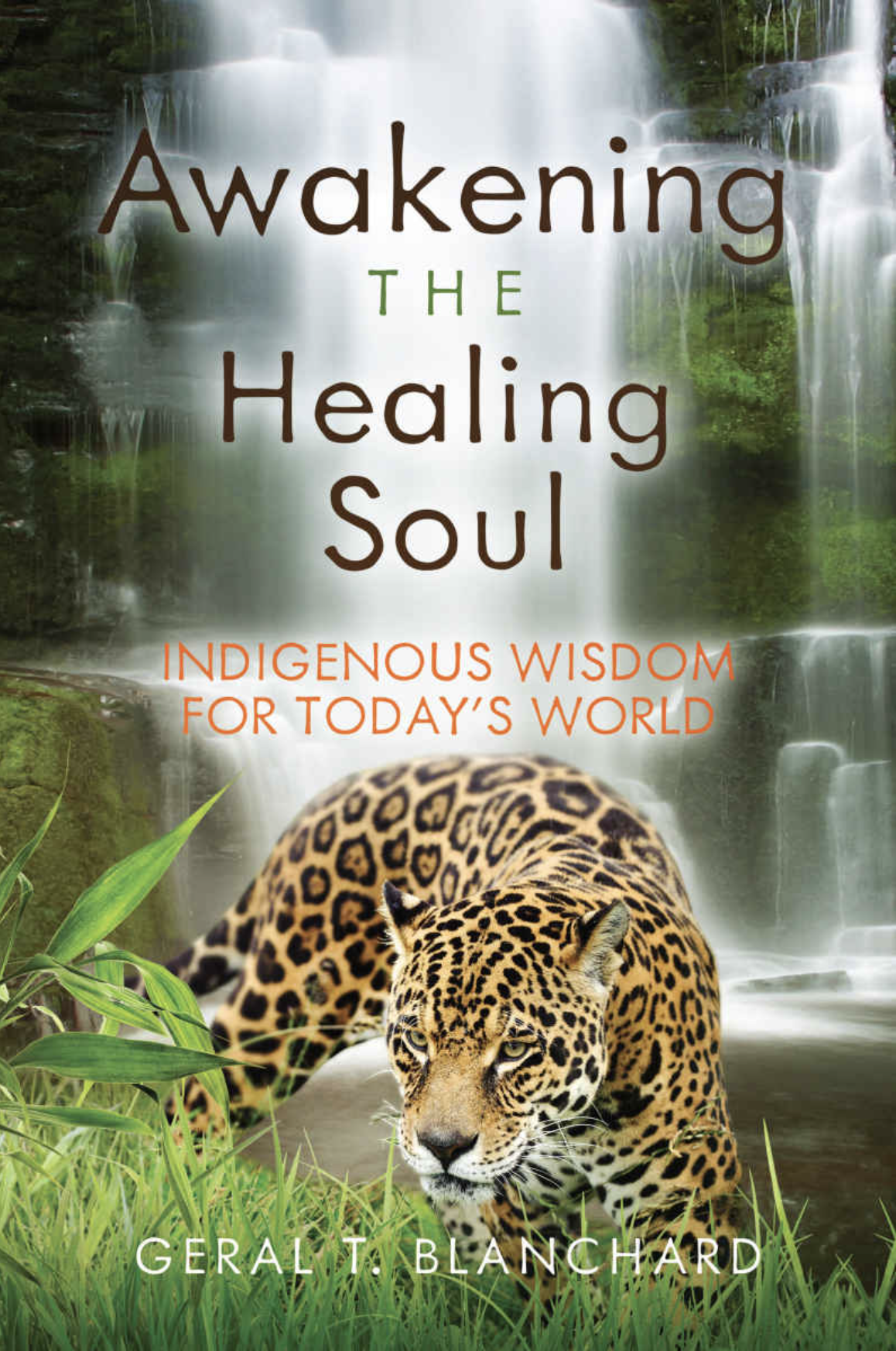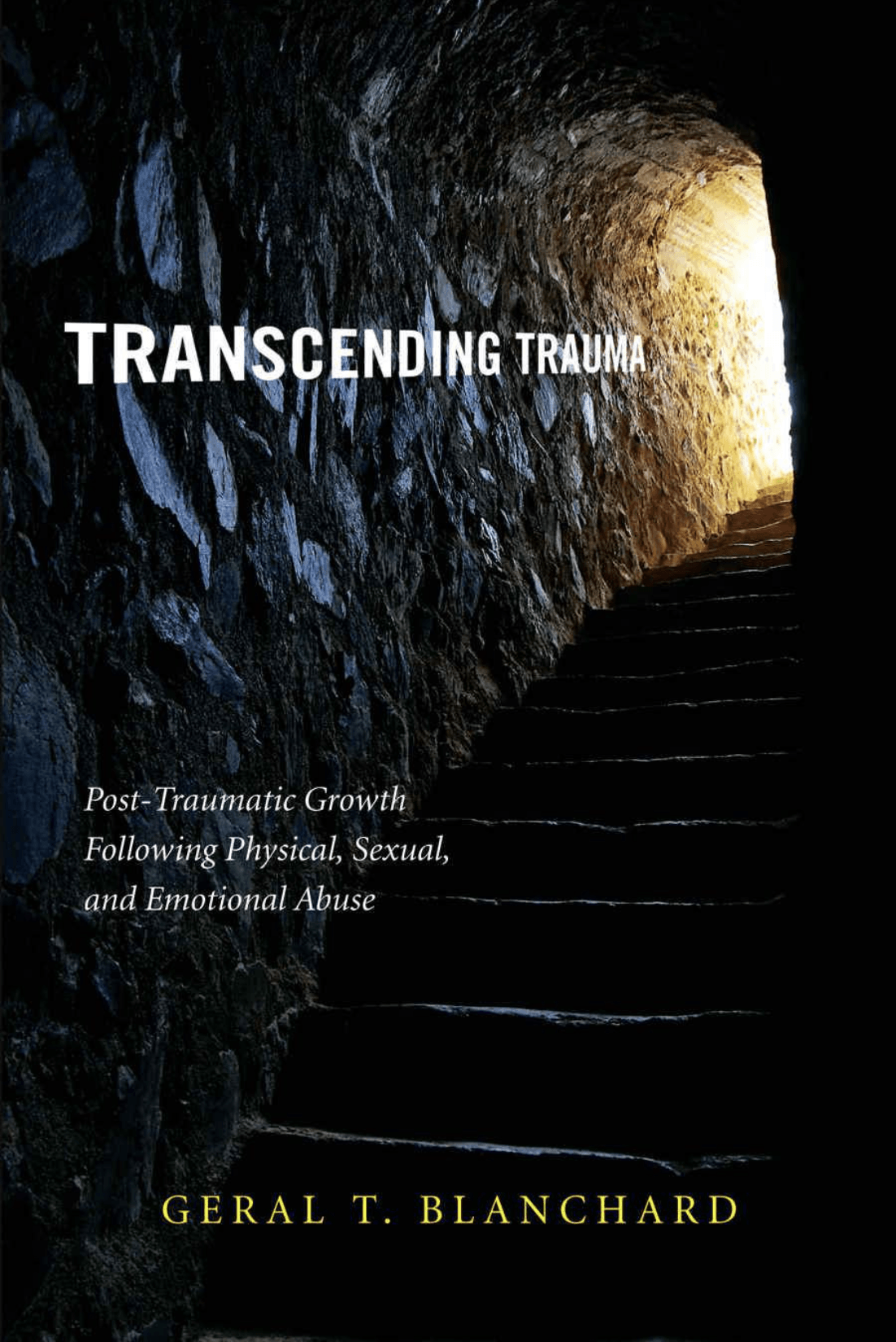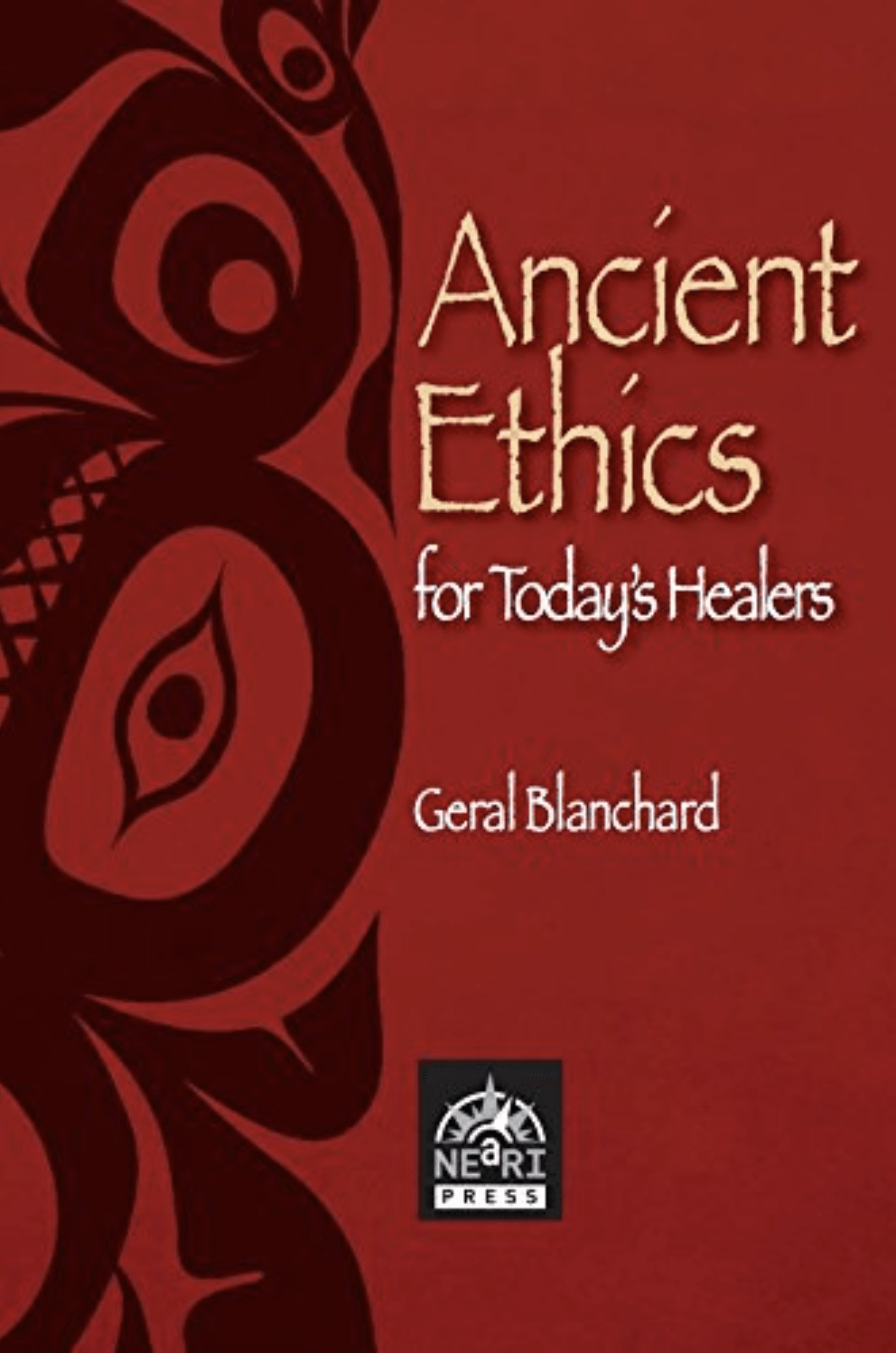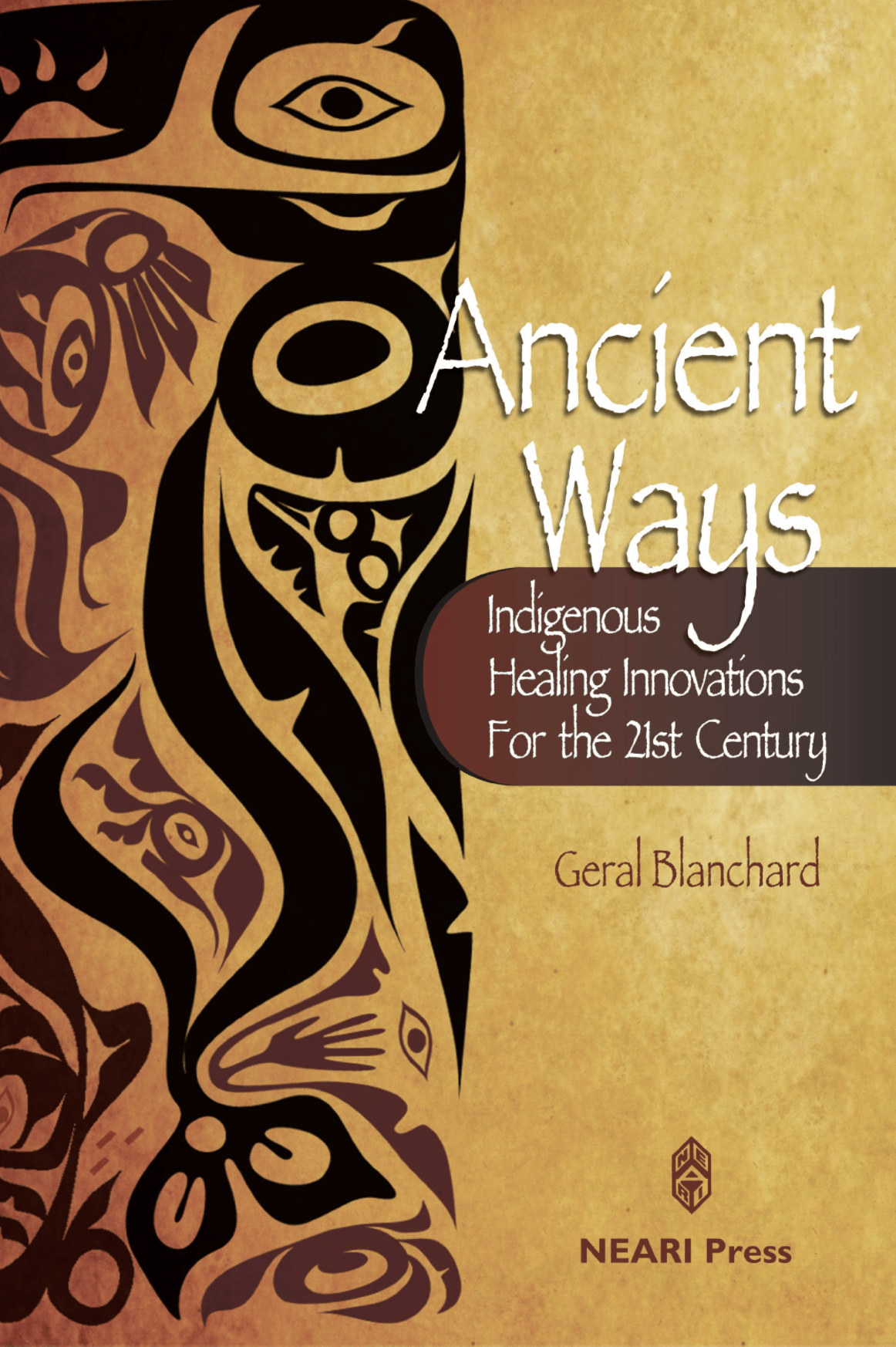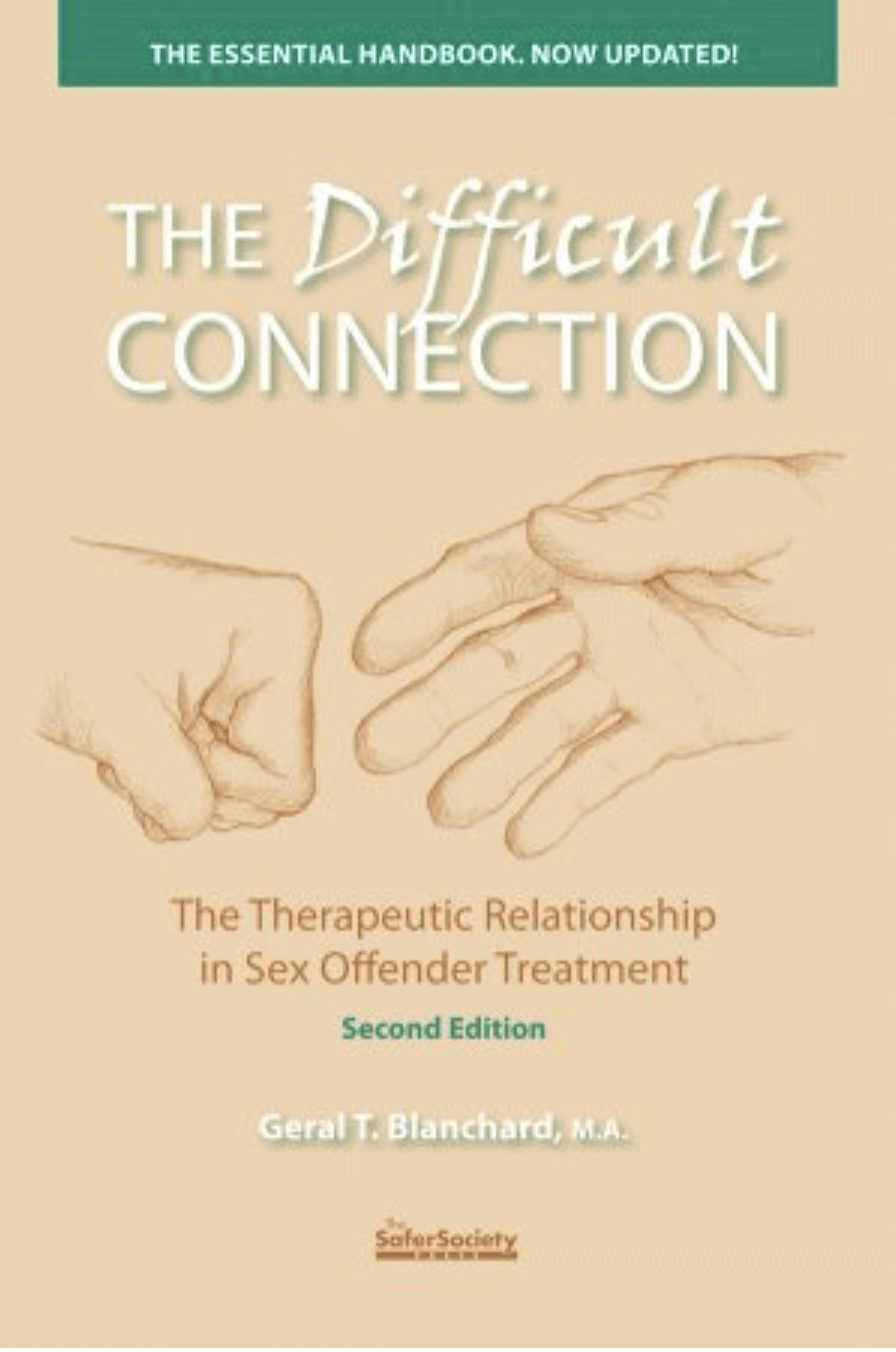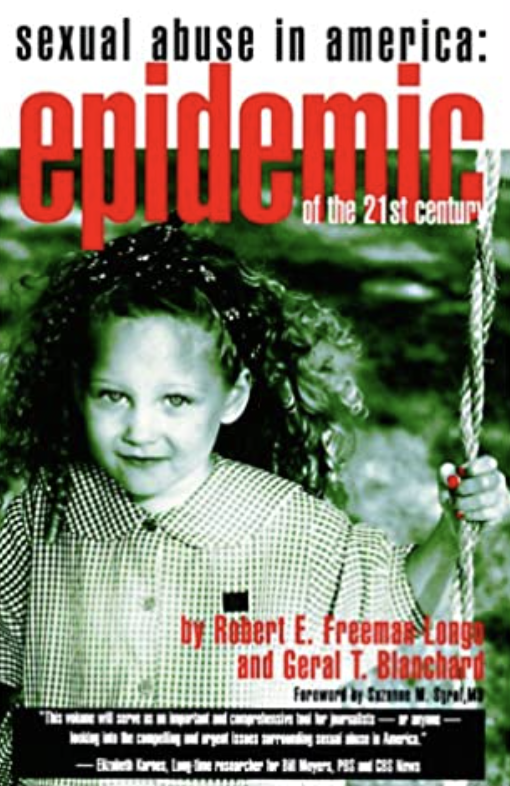Geral Blanchard, LPC, is a psychotherapist who is university trained in psychology and anthropology. Formerly of Wyoming and currently residing in Iowa, Geral travels the world in search of ancient secrets that can augment the art and science of healing. From Western neuroscience to Amazonian shamanism, he has developed an understanding of how to combine old and new healing strategies to optimize recovery, whether from psychological or physical maladies.
Paradoxes of Trauma and Addiction Recovery
According to author Anna Lemke, M.D., author of Dopamine Nation, “The reason we’re all so miserable may be because we’re working so hard to avoid being miserable.”
In a culture with pleasure opportunities at every turn, she contends, “too much pleasure leads to pain.” Then there is this thing called anhedonia, when we no longer can feel enjoyment doing things that were once quite enjoyable. Lemke goes on, “The paradox is that hedonism, the pursuit of pleasure for its own sake, leads to anhedonia, which is the inability to enjoy pleasure of any kind.”
I’m reminded of Aldous Huxley who wrote Brave New World Revisited. In it he noted our almost infinite appetite for distraction from life. It appears as though persistent efforts to insulate ourselves from pain seem only to have made our pain worse. The trick may be to stop avoiding painful emotions, to sit a spell and notice them until they naturally subside and, in the process, get acquainted with that side of life -- with us.
But sitting quietly in our own company can be very boring. In repose, we may automatically flip into a default state and quickly jump into a state of self-judgment or shame. Well, maybe boredom is more than boring. For many of us it can also be terrifying. We end up sitting with painful feelings about ourselves.
The temptation is to squelch anything that starts to feel unpleasant or unsettling. But with that reflex, another paradox can rear its confounding head. For example, individuals with anxiety and insomnia often rush to their physician for a prescription to numb them from that part of life. Commonly, Xanax or Klonopin (sedative hypnotics) are the ticket. But take them for more than a month and guess what? Anxiety and insomnia worsen, only to have the dose raised.
It has been shown that individuals who take opioids (or even ibuprofen) for more than a month are at increased risk not only for opioid addiction but also worsened pain, even in regions of the body that once were pain free. Pain killers can eventually create pain. This phenomenon is called opioid-induced hyperalgesia. Our dutiful brain is just doing its darndest to return to homeostasis, the brain condition experienced before we messed things up with psychotropic drugs.
Stimulant medications like Adderall and Ritalin which are routinely prescribed for attention deficit disorder. Beyond the advertised benefits for ADD, many people take the drugs to help study and prepare for exams. The drugs promote short-term memory – attention and retention, but there is virtually no evidence for improvement in long-term memory, complex cognitions, or overall better academic performance. It may not be smart to experiment with these smart drugs. Over the long-haul users of Adderall can develop a dependency and carry the risk of psychosis as well.
Then there are the antidepressants which, ironically, eventually become depressants (tardive dysphoria). While once not thought to be habit-forming (due to effective marketing), we now know that at best they can lead to tolerance, at worst to addiction. And withdrawing from both SSNIs and SSRIs can be absolutely hellish, more difficult to come down from than heroin. And the withdrawal process can last many months, perhaps even longer than a year, leaving a wide array of damaging side effects – cognitively, intestinally, neurologically, and psychologically. How depressing!
Pain commonly precedes pleasure. The idea was first documented by Plato who said, “…wherever the one is found, the other follows up.” But are we too impatient to wait for good results? Like sadness or depression, we would prefer to entirely do without these natural states.
Socrates also noticed how an improved mood followed a period of being ill. Somewhat similar, for those of us who once were addicted to running or some other aerobic exercise, know of the endorphin and endocannabinoid high that follows a robust workout. In essence, pleasure is the natural reward for enduring pain. A marathoner learns that if you run toward pain, you will be rewarded with a pleasant buzz soon thereafter.
Cold baths, even ice baths, can be jolting if not painful. Researchers at Charles University in Prague recruited a group of men who sat in 57-degree water for one hour. Using blood samples, the researchers noted dopamine and norepinephrine (both natural antidepressants) levels increased dramatically – 250 and 530 percent respectively. And the results lingered for one to two hours thereafter. Discomfort precipitated mental pleasure without any pills being ingested. And other studies have revealed that animals exposed to extreme cold experience brain neuronal growth. Don’t forget, humans are one form of animal.
Socially, especially after a history of interpersonal trauma, many people prefer to avoid unnerving social gatherings. Rather than experience any emotional discomfort, the temptation might be to avoid social gatherings altogether, to isolate and become a recluse. Over time the penchant to avoid discomfort further trains the brain to become increasingly more distressed, even by simply envisaging a social outing.
What are the implications of all of this when it comes to MDMA and trauma recovery? One of the lessons to be garnered may be that our perspective on painful emotional and physical experiences has become somewhat lopsided. Perhaps pain and pleasure are two sides of the same coin, and our task is to flip the current Western paradigm. Using MDMA-assisted psychotherapy we may very well find that behind difficult if not traumatic life experiences, there may be a rich and rewarding life waiting to follow. Pain may actually be a healer waiting in the wings. Now that’s a paradox.
**********
“What doesn’t kill me makes me stronger.” Friedrich Nietzsche
*********
Other Topics
Basics of MDMA
Rituals and Ceremony
Brain and MDMA
Trauma
Heart
Energy Movement
Quantum Physics
Native Cosmologies
Nature
Spirituality/Enlightenment
Kogi Tribe
Books written by Geral T. Blanchard
More Articles

